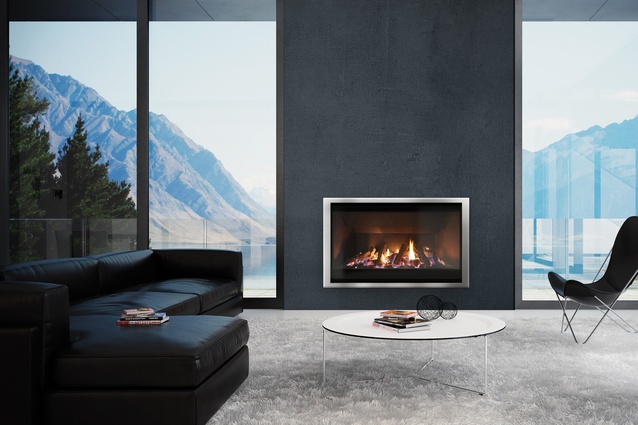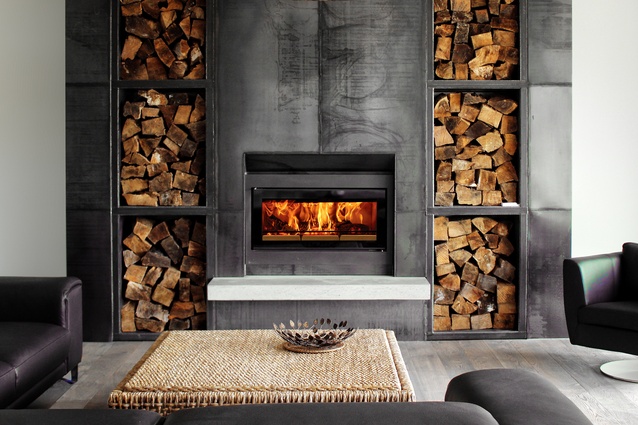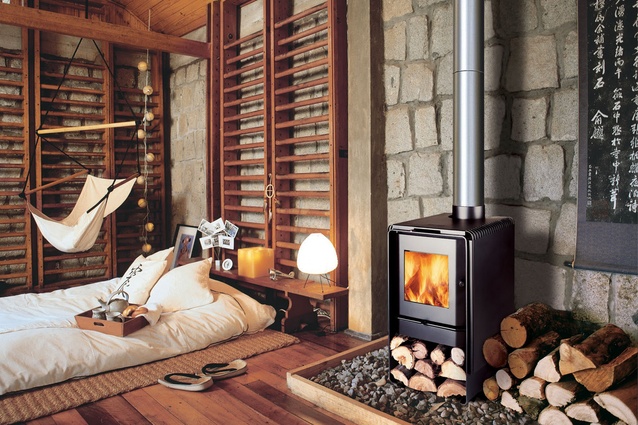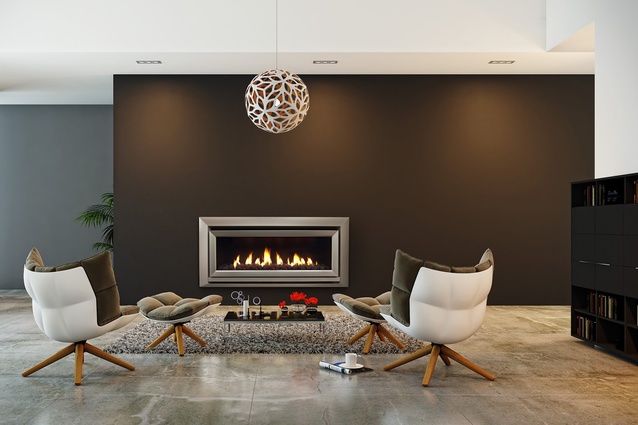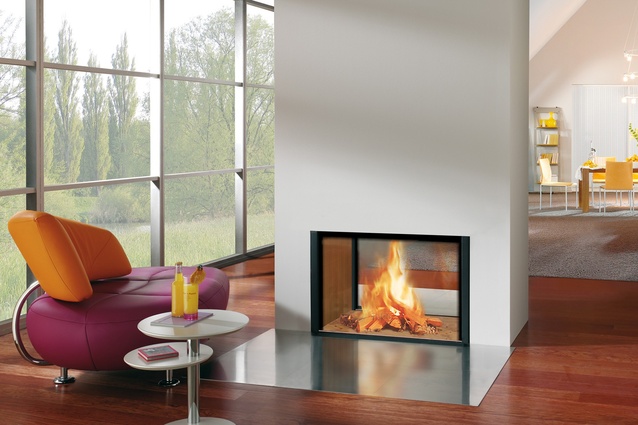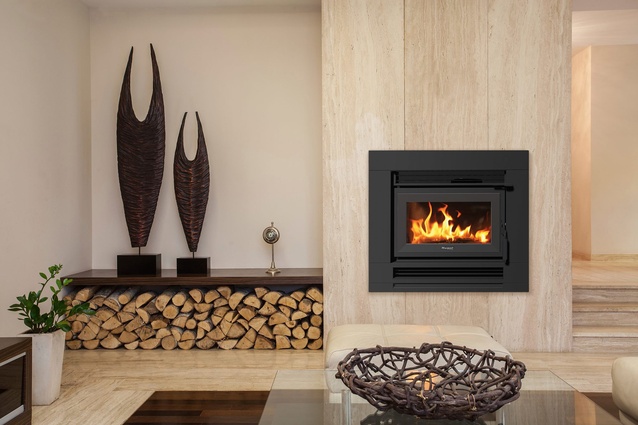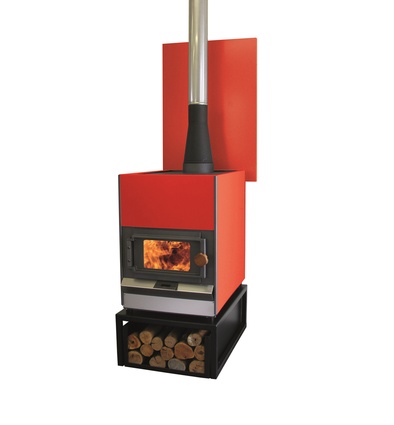Keep that fire burning
While the addictive flash of the iPad swipe grows stronger, it is doubtful that its ability to mesmerise humans will ever come close to the flickering licks of a real fire.
With winter now upon us, it could be time to upgrade the heating in your house – and there’s nothing like the primal attraction of fire. Humans are believed to have used or ‘controlled’ fire for around one million years, which goes some way to explaining why we are so fascinated by it.
However, there are some genuine benefits for the modern human as well, aside from heating and cooking. Research into cognitive evolution – a study that brings together psychology, anthropology, neuroscience and genetics – suggests that human responses to fire have actually altered our brains, helping provide us with capabilities such as long-term memory and problem solving. Fire can also draw our brains into a meditative state, which, given the fast-paced world we now find ourselves living in, may partly account for our continuing fascination with it – and need for it.
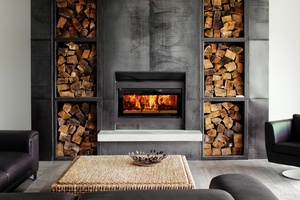
We’re lucky in New Zealand that most people have had a direct relationship with fire. An abundance of timber and an outdoor lifestyle imparts most Kiwis with some fire knowledge and a certain nostalgia for the warmth and smell of burning manuka, and the crackle of a driftwood fire on the beach. But, with regulations around air quality and concerns about sustainability and the safety of bringing fire into the house, homeowners have much to consider in terms of the pros and cons of installing or upgrading a fireplace.
Unfortunately, when it comes to cost, fire may not be the most inexpensive heating option available. A 2015 Consumer magazine report showed that heat pumps were the cheapest type of heating to run, based on the right unit being chosen for the space that needs to be heated. In second place was a flued natural-gas heater, closely followed by wood-burning systems – although this was dependent upon the price of wood.
But if you’re a fire lover, all is not lost. When it came to the types of fuel being used and their environmental credentials, firewood was shown to be a sustainable, carbon-neutral option. Electricity came second, thanks to 75 per cent of New Zealand’s supply coming from renewable sources, such as hydropower and geothermal energy. Natural gas came third because, as a fossil fuel, it is non-renewable and it releases carbon dioxide into the atmosphere when burned.
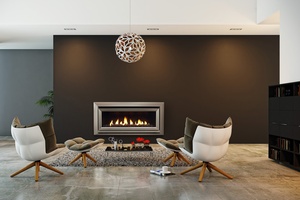
However, while firewood is not necessarily the cheapest option, Nigel Bamford, CEO of Escea, believes fireplace technology has come a long way in recent years, making traditional-style heating options more attractive. “Fireplace technology has improved and, like all home appliances, it pays to upgrade to the latest model. People would think it was crazy if we were still cooking on the same range we had in our homes at the start of the century, so why should a fireplace be any different?”
These days, the National Environmental Standards for Air Quality states that all wood fires used in urban areas within New Zealand have to produce below 1.5 grams of particulate (big smoke particles) per kilogram of dry wood burnt.
“This means that a modern wood fire produces a lot less smoke than a pre-2005 woodburner,” explains Bamford. “The downside to this is that these clean-burning wood fires will not turn down as low or burn overnight, like their pre-2005 counterparts.” However, he believes that technology has now solved this issue “because modern gas fires can be programmed to automatically turn on and warm the house before you get up”.
Sarah Moore, product manager at Rinnai, believes gas fires stack up against wood-burning fires in other areas, too. “The key benefits of a gas fire over a wood fire include the ease of maintenance (with no ash to clean up), they’re quick and easy to start, achieve the desired temperature and they also regulate the temperature as needed. Yet, while gas fires might not offer the visual appeal of a burning log on the grate, there are gas burners available which can offer a similar effect.”
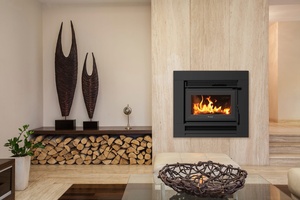
Deborah Grey, marketing coordinator for Fires by Design, agrees: “Many customers prefer the look of a real wood-burning open fire but are restricted because of the new clean air regulations, or because they don’t have access to a cheap, plentiful source of good-burning wood. Gas fires are an ideal alternative to wood, especially for heating individual areas of a home, and they can be retrofitted into existing homes to replace a wood fire, they radiate heat well and they come with the option of a fan to circulate the heat evenly and more efficiently.”
But “don’t rule out wood fires too quickly, though”, says Gordon Subritzky, technical manager at The Fireplace. “Ongoing developments that are able to meet the challenges of emissions control and sustainability will always be advanced in terms of wood-burning fireplace design. The key reason for this is that wood is a renewable resource and technology is evolving all the time to better utilise such resources.”
Subritzy suggests that the other key consideration to take on board is the development of products such as extruded wood logs made from waste woodchip, which are highly compressed in terms of density, with very high calorific values. “They have a very low moisture content and, consequently, exhibit ultra-low emissions not attainable from traditional wood supplies,” he says. “This could be the way of the future for the wood-fire industry, particularly for urban dwellers.”

While the debate over which type of heating with fire is best, the final answer may be dependent upon a number of factors – such as personal taste, local council regulations, ongoing costs and the size of your property. But one area in which everyone agrees is that fireplace-style heating will always be in demand. “We genuinely believe that every home needs a fireplace,” says Bamford. “And if we look at our past – from huts to villas – the fireplace has always been a central part of our dwellings.”
This sentiment is backed up by Sarah Moore. “We do not believe we will see a time when fireplace-style heating will cease to exist. In fact, we are seeing that the fire market is increasing. A fire adds both ambience and style to a home that is not possible to recreate with other forms of heating, and many homes are designed around the central feature of an inviting fireplace.”
So, if you’re looking to put some fire into your life, there are a great many choices available. It is worth doing your research to find not only the style of fireplace you’re after but also something which matches your budget, local regulations, your lifestyle, and the size and type of property you own. There are numerous suppliers who will help you to make an informed decision and even if your new fire doesn’t help to calm the mind and increase your ability to problem-solve, it will at least keep the cold temperatures at bay.

